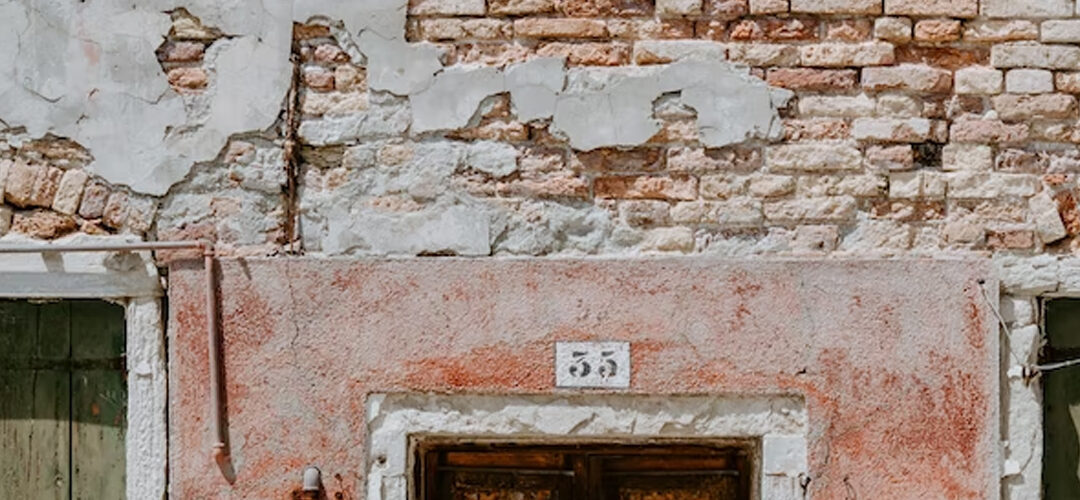In Long Island different types of water damage is quite common. It’s critical to act quickly to clean up and repair your property if water damage is caused to your house due to a flood or other natural disaster. Although some service providers tackle property damage in a “one size fits all” manner, our business offers a tailored strategy. The Institute of Inspection, Cleaning, and Restoration Certification (IICRC) has identified three different forms of water damage. We’re here to help you understand them, so you always understand which specific work your home requires.
Water damage can fall into 3 main categories, and all require water damage cleaning:
- Clean water damage
- Grey water damage
- Black water damage
Let’s talk about each one.
Category 1: Clean water damage
According to the IICRC, Category 1 water damage is the least serious and includes difficulties with different appliances, overflowing sinks and bathtubs, damaged water supply lines, and burst pipes. This kind of harm is often seen as less serious since “clean water,” or water that is devoid of toxins and sewage is involved. Most goods damaged in category 1 accidents can often be dried quickly and readily without any negative long-term implications for the property owner.
Category 2: Grey water damage
“Grey water” is the subject of Category 2 water damage. This includes backup water from sump pumps and plumbing fixtures like toilets and washing machines. Suppose your property has suffered category 2 water damage. In that case, it is crucial to remove any contaminated things and thoroughly clean them since the waste and chemicals in grey water may later prove to be toxic. Humans may or may not be harmed by drinking or coming into contact with grey water.
Category 3: Black water damage
The most severe type of water damage, known as “black water” damage, necessitates quick intervention to reduce major health hazards. Sewage, raging floodwaters, ocean, river, and groundwater are all examples of black water. When category 3 water damage happens, many goods and materials must be removed from your house to prevent further damage.Your home needs extensive cleaning once drying has taken place. One way to stop this from taking place is water damage prevention measures.
Now that we’ve gone over the different categories of water damage, let’s understand how you can take care of minor water damage.
5 types of water damage that you can take care of yourself
The good news is that we can expect warmer weather now that spring has arrived. The bad news is that it’s also the time of the year when rainstorms and melting snow can cause floods and water damage.
Water damage restoration Long Island is a concern that can be easily addressed. We’ve compiled a summary of some of the various types of water damage, along with suggestions for how to avoid them.
Sewer backup
Ensure a backflow valve is installed in the main wastewater line to prevent water damage from sewage backup (mandatory in many municipalities). Although this valve greatly reduces the risk of damage, it still has to be checked and validated on a regular basis, preferably by a licensed plumber.
Groundwater infiltration
A sump pit drainage system consists of a discharge pipe, a sump pit, and a sump pump. Although the pump removes the water to a safe area, the sump pit, which is built into the basement floor, gathers water from the weeping tiles around the basement. Regular maintenance and checks guarantee that the sump pump stays in excellent working order. Consider getting an emergency generator, so the pump is always ready to go or installing an emergency (battery-driven) automated backup pump system (available at hardware/renovation shops) if you live in a region with a history of high water levels or frequent power outages.
Roofs
Roof drains are used on flat roofs to remove water. These drains should be examined and cleared of sludge or debris yearly. Also, the roof deck and membrane must be checked for anomalies or leaks. Plan a routine shingle check for sloping or hip roofs. A snow removal and de-icing program will lessen the possibility of infiltrations and roof snow load collapse (professionals should do this).
Water heaters
Water heaters are not indestructible. The tank will eventually get damaged by corrosion, which will cause leaks. Installing the water heater in a drip pan or tray that can be drained to a safe area can reduce this risk. Before the onset of problems, schedule a replacement date to avoid unpleasant situations.
After ten years of usage, water heaters must be inspected. In fact, it’s advised that tanks be replaced after this time (or even sooner, depending on the mineral content of the water).
Conclusion
You can also invest in an automated system that detects water leaks or flooding if water damage is a major issue for you. Either the detector will close the main water valve or be connected to your current alarm system (local or with remote supervision).
Related Blog Posts:
- How Long Does the Restoration Process Take for Homes With Water Damage?
- What to Do If Your Home Has Water Damage?
- Signs of Water Damage in the Basement Walls
- Water Damage & Mold: Everything You Need To Know in 2023
- Things You Should Know About Water Damage
- Who Do I Call After My House Has Water Damage Restore?
- What Causes Water Damage to Floors and Walls
Related Services:
Our service areas:
Get A Free Estimate

